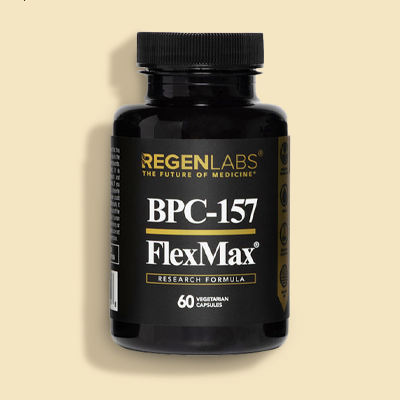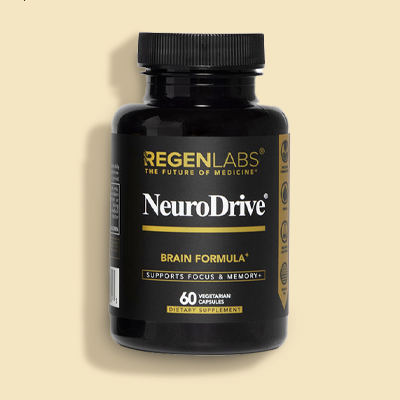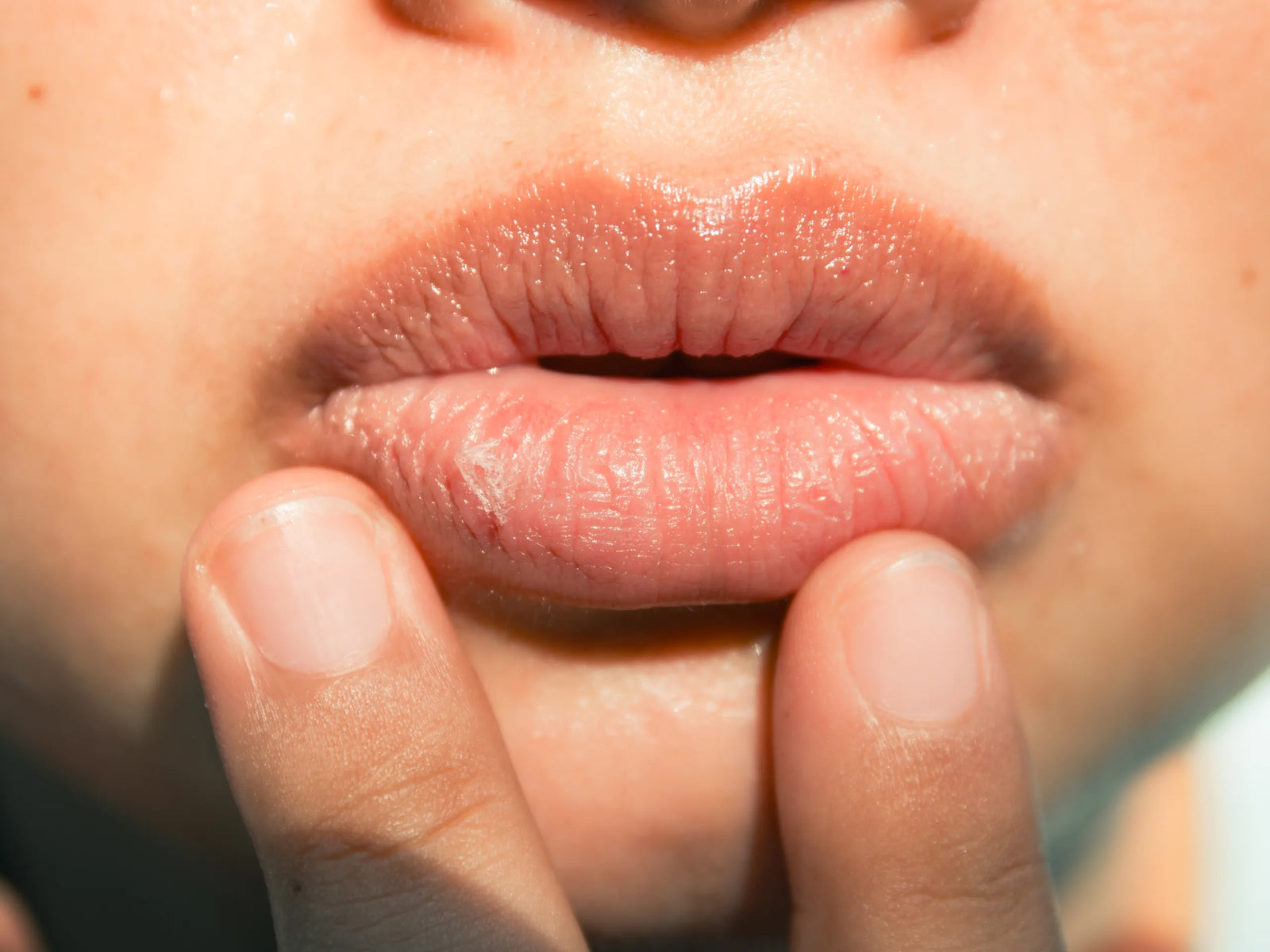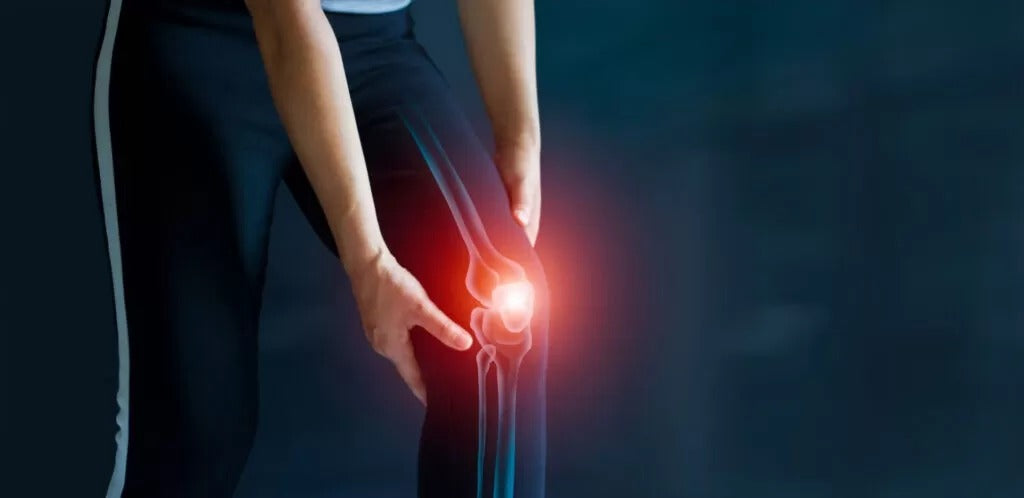When it comes to anti-aging treatments, the conversation often splits into two camps: injectables and non-invasive topicals and supplements powered by peptides. Both options aim to reduce wrinkles, restore firmness, and rejuvenate the skin—but they couldn’t be more different in how they work, what they require, and how natural they feel.
What Are Injectables?
Injectables are cosmetic treatments administered via needle to temporarily reduce the appearance of aging. Neuromodulators relax facial muscles that create dynamic wrinkles. Fillers plump areas like the cheeks, lips, and nasolabial folds by physically adding volume.
While results are often visible within days, they’re also temporary—lasting anywhere from 3 to 12 months depending on the treatment.
According to the American Society of Plastic Surgeons, injectables remain among the most popular non-surgical cosmetic procedures, with millions of treatments performed annually.
The Upside: Fast, visible results.
The Tradeoff: Costly maintenance, risk of overcorrection, and possible side effects (bruising, asymmetry, migration).
What Are Peptides, and How Do They Work for Anti-Aging?
Peptides are short chains of amino acids—the building blocks of proteins like collagen and elastin. In skincare and supplement formulations, peptides act as signaling molecules, triggering your body’s natural repair and regeneration pathways.
When taken orally or applied topically, bioactive peptides can:
-
Stimulate collagen synthesis
-
Improve skin hydration and elasticity
-
Support cellular regeneration
-
Reduce the appearance of fine lines and wrinkles over time
Unlike injectables, peptides don’t paralyze muscles or artificially inflate tissue. Instead, they work with your body to promote healthier, younger-looking skin at the structural level.
A recent study in the Journal of Cosmetic Dermatology shows that consistent use of peptides can significantly improve skin firmness and hydration.
Peptides vs. Injectables: How They Compare
-
Mechanism of Action: Injectables work by relaxing muscles or filling volume under the skin. Peptides signal your body to naturally rebuild collagen and support tissue repair.
-
Speed of Results: Injectables show results quickly—often within 1 to 7 days. Peptides take longer, typically 3 to 8 weeks of consistent use.
-
Duration of Effect: Injectables last 3–12 months, depending on the type. Peptides offer ongoing benefits as long as you continue use.
-
Side Effects: Injectables may cause bruising, swelling, or asymmetry. Risks are documented in clinical dermatology studies. Peptides are generally well tolerated when used in clean formulations.
-
Aesthetic Outcome: Injectables can deliver a dramatic effect but risk looking unnatural if overused. Peptides support gradual, more subtle improvements.
-
Cost Over Time: Injectables often require expensive maintenance. Peptides are more affordable as part of your daily skincare or supplement routine.
Why Liquid Facelift Is a Smart Middle Ground
Liquid Facelift by Regen Labs offers a non-invasive, peptide-powered approach to skin renewal—without the risks or downtime of injectables.
This advanced formula combines collagen-boosting peptides, hyaluronic acid, and elastin-supporting compounds to visibly plump the skin, improve tone, and minimize signs of aging. It’s also fortified with nutrients like vitamin C and zinc, which are critical to tissue repair and skin health.
Unlike topical treatments that work on the surface, Liquid Facelift supports the body systemically—helping to reinforce skin, joints, and connective tissue from within.
Whether you're looking to extend time between appointments or avoid injectables altogether, Liquid Facelift offers a sustainable alternative grounded in functional skincare science.
Final Thoughts
Injectables can be a quick fix, but peptides offer a more sustainable foundation. If you’re focused on long-term results, whole-body health, and a more natural approach to anti-aging, peptide-based supplements like Liquid Facelift are a smart, science-backed solution.
Anti-aging isn’t just about erasing lines— it’s about supporting the skin’s ability to regenerate and thrive over time.











